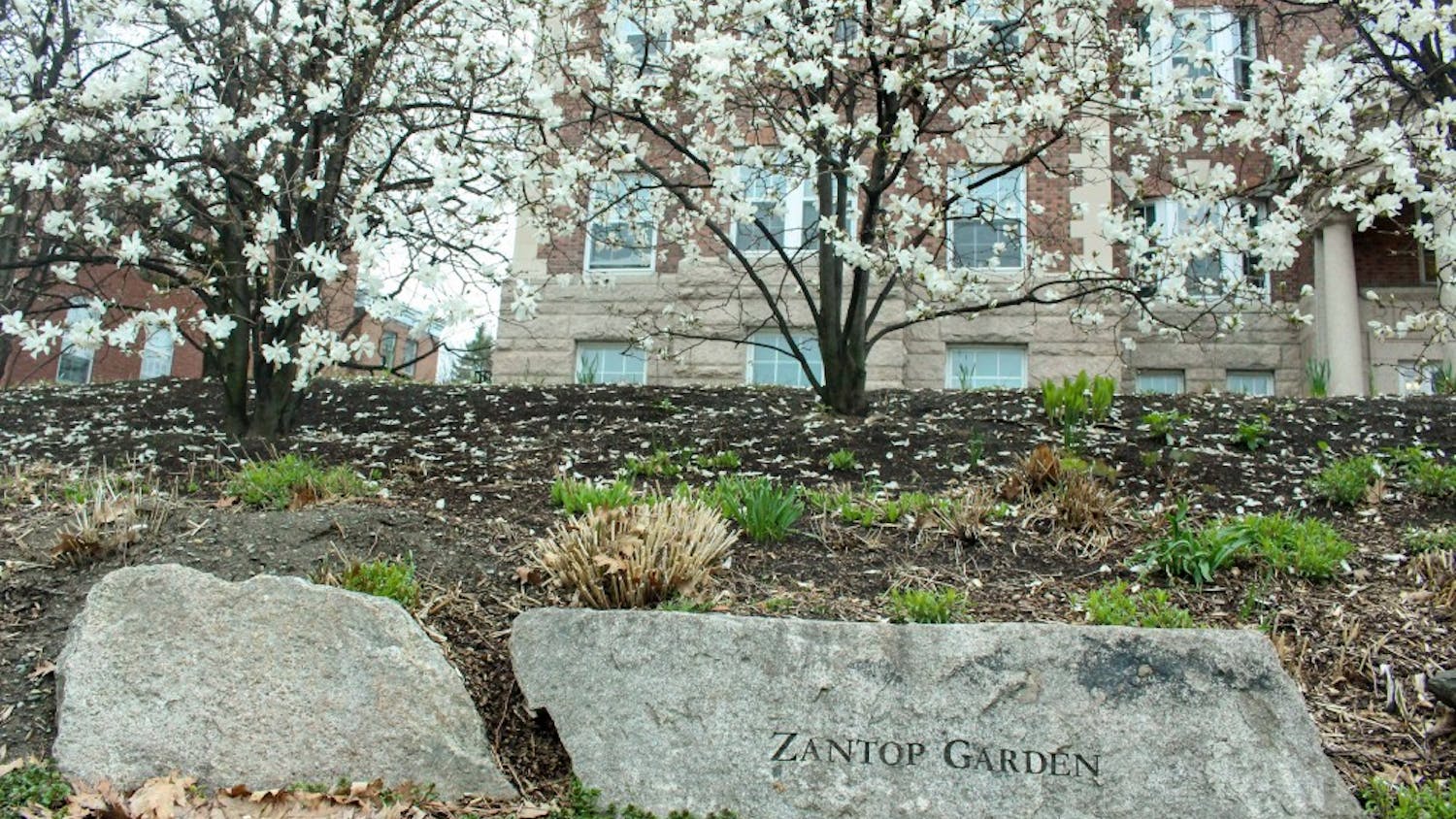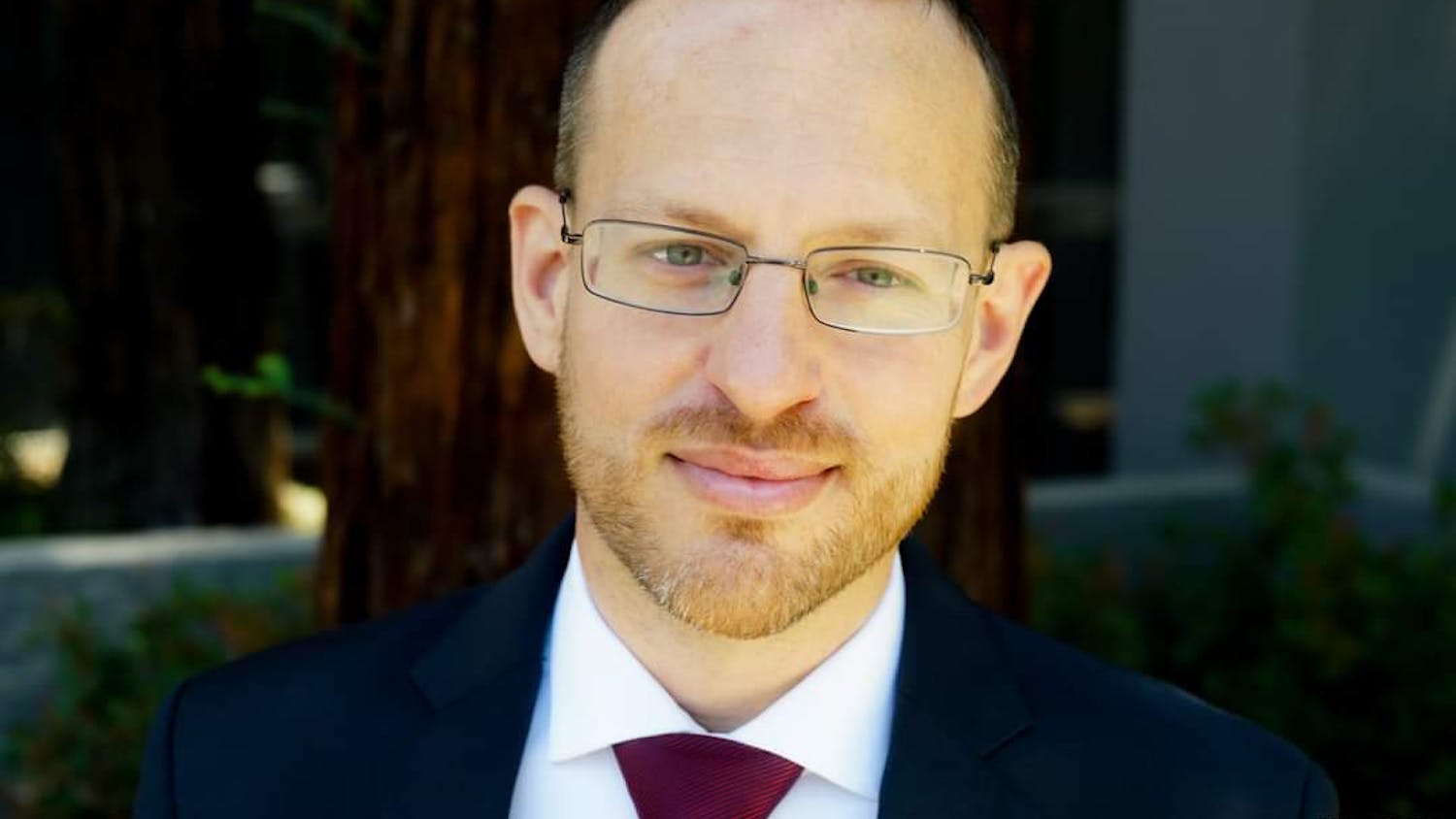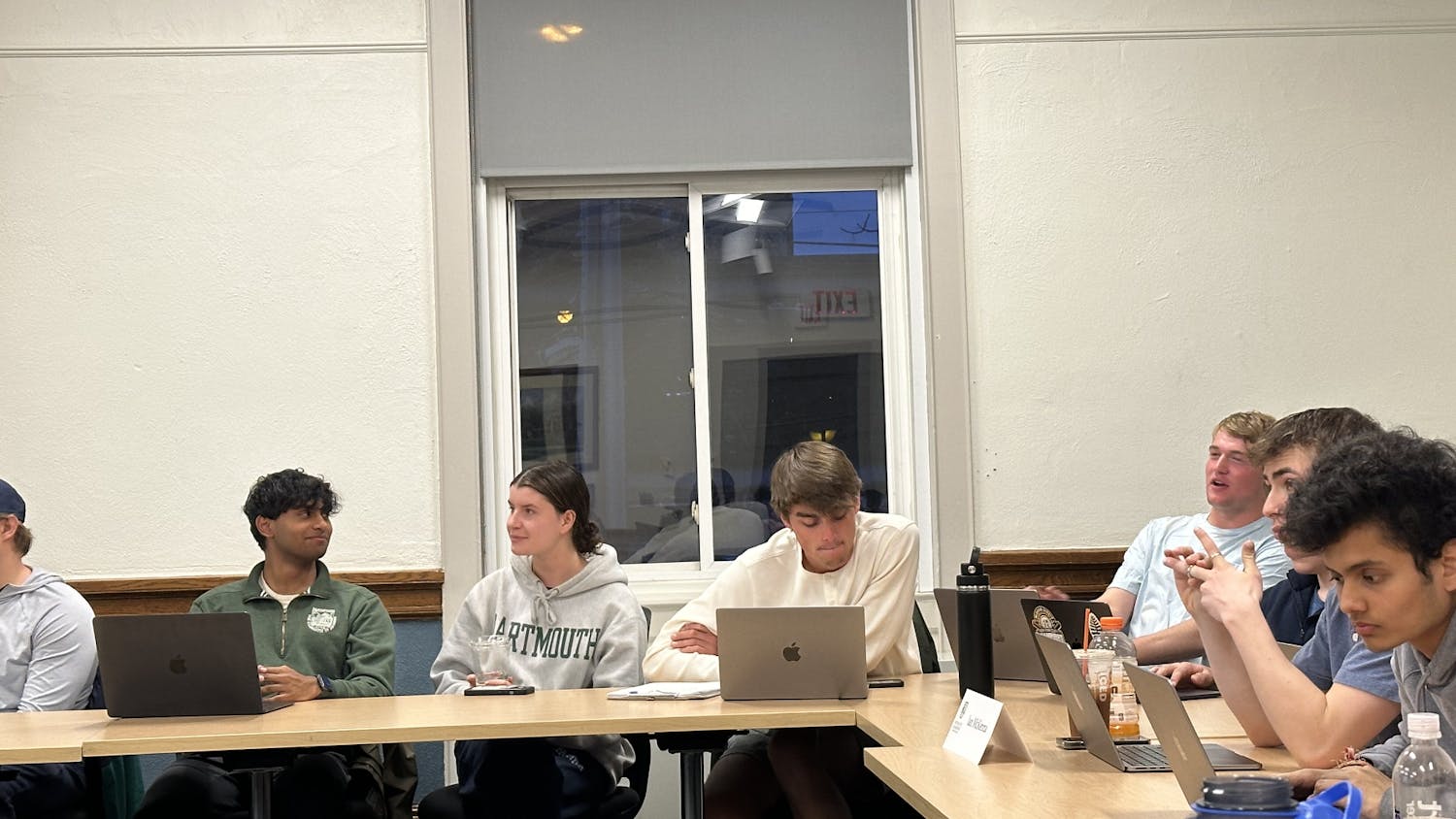Based on results from the primary elections on Tuesday, presidential candidates Hillary Clinton and Donald Trump are the probable nominees for the respective Democratic and Republican parties. Yet for all nine candidates still in the presidential race, issues of race, class and gender key issues in this election cycle, according to three Dartmouth government professors.
Prior to Clinton’s victory in the primaries on Tuesday, she edged out a tight win in Iowa before being swept by presidential candidate Bernie Sanders in New Hampshire. Statewide, Sanders swept out Clinton 60.4 percent to her 38 percent. In Hanover, the margin was smaller with 2,286 votes to her 2,005.
Government professor Joseph Bafumi said that Sanders has been more successful than Clinton in gathering support from younger voters regardless of other demographics, most notably with female voters who are not supporting Clinton.
Bafumi said this might be because young women do not feel like people their age are sexist or feel they are restricted by their gender, so they might not see a woman becoming president as significant as older women may.
“They’re seeming to vote more on message, ideology, and vision than gender,” he added.
Emily Chan ’16, co-director of Dartmouth Quest for Socioeconomic Engagement — the organization that hosted a dinner discussion last Wednesday titled “Race, Class and Gender in the 2016 Election” with government professors John Carey, Linda Fowler and Bafumi— said that attendees discussed how race and class are interconnected based on America’s history. Chan, who said she identifies as a Democrat and voted for Clinton in the New Hampshire primary, said that her upbringing as the child of first-generation Americans allowed her to appreciate Clinton’s political expertise due to Chan’s lack of understanding of United States politics.
“The interconnection of identities is how our society is fundamentally structured, and I think that plays an incredibly huge role in how we view our candidates, whether they be Democratic or Republican,” Chan said.
Fowler expanded on the idea of younger women having less experience with gender discrimination and Clinton’s own history as a political figure. As a former First Lady, Clinton was a national figure during a time when ideas on the roles of women were rapidly changing. Some of her remarks about choosing her career over a traditional gender role caused debate amongst critics, who claimed that Clinton was devaluing women who were housewives.
According to a Gallup poll conducted in 2015, 92 percent of those asked stated that they would vote for a “well-qualified woman” to be a presidential nominee. However, Fowler questioned what it meant to be a “well-qualified woman.”
“When you talk to older men who say she’s not electable because of the emails or because of Benghazi — that can just be a way of saying ‘She’s a woman,’” Fowler said. “While [the two issues] may indicate that she had poor judgement, neither are such offenses of such magnitude that you might vote for Trump instead, but some people are doing that.”
Sanders may also be more successful appealing to a more diverse group of younger voters than Clinton. Bafumi said his campaign has been more successful using social media and he has a more comprehensible message.
The Sanders student campaign group had the greatest number of volunteers and the largest presence on Dartmouth’s campus.
“Sanders’ message is a much more left, populist message. It’s very clear who the bad and good guys are,” Bafumi said. “It’s very ideologically pure and simpler so I think it’s right to say that he doesn’t promote his message with as much complexity.”
In the New Hampshire primary, Sanders won 82 percent of voters ages 18 to 24, according to a CNN exit poll.
Younger people may also be more inclined to vote for Sanders because of the difference in their fiscal experience to older voters, Bafumi said. Older individuals would be more concerned about an increase in taxes that would be needed to support Sanders’ more radical reforms.
Sanders is not explicitly advocating for lower-class individuals, as most Americans label themselves as middle-class, Fowler said. One of the problems that will affect Sanders’ campaign will be the increase in a citizen’s cost for health insurance, she said.
“The other thing you have to recognize in American politics is that people’s attitudes towards poor people are so conditioned by race,” Fowler said. “A lot of evidence has been compiled by political scientists that say when some people say they’re for small government, it’s really a non-racial way of saying ‘I don’t want black people and Latinos getting my tax dollars,’” Fowler said.
Though Sanders may have won the support of younger voters, Clinton has been able to win the support from older voters in minority groups, most significantly black Americans, Bafumi said.
While Clinton may be seen as a Democratic favorite for black Americans, second only to President Barack Obama, presidential candidate Donald Trump of the Republican party is appealing to voters as the “anti-Obama,” Bafumi said.
“After eight years in the White House, the pendulum swings in the opposite direction and the American people want the opposite of what the president has represented for eight years,” Bafumi said.
Trump has positioned himself as the opposite of Obama by opposing political correctness and notions of racial diversity or civil rights, Bafumi said.
While Trump has been involved in controversies about his refusal to denounce white supremacists and the Grand Wizard of the Ku Klux Klan, there has been more racial diversity among Republican candidates — Ted Cruz and Marco Rubio are Cuban-American and Ben Carson is black.
“On the one hand, you have diversity in the candidates but you have a front runner who’s sounding to many people to be racially exclusive rather than inclusive,” Bafumi said. “That’s going to make it difficult for the Republican party in the future to be the party of winning coalitions, but it is working for Trump in this cycle.”
Fowler said that Trump’s appeals to women despite his more “chauvinistic remarks” earlier in the summer was surprising. However, while he is appealing broadly across region, Hispanic and black voters are not weighing in on his candidacy because they are voting in the Democratic primary, Fowler said.
Rubio and Cruz have not tried to appeal themselves to the Hispanic vote, Bafumi said. They are instead following Trump’s example in his stance against illegal immigration despite evidence of supporting amnesty in the past, Bafumi said.
Trump is disproportionately most appealing to lower-educated voters who identify as blue collar workers, not billionaires, Fowler said. Such voters have been the most affected by the loss of manufacturing jobs in the U.S. and the influx of immigrants who have increased the demand for blue-collar jobs.
Trump’s appeal to white blue-collar workers that he calls “the silent majority” indicates a racial shift in the Republican and Democratic parties, Bafumi said.
“It increasingly seems like the Republicans are becoming the party of white voters and the Democrats are becoming the party of minorities,” Bafumi said. “Their constituents are becoming different not only ideologically but also racially over time.”
Yet while some may place Trump as an “ultra-rightist” candidate due to his social views, his economic policies are more moderate than Cruz or Rubio, Carey said. While some individuals may place candidates such as Sanders and Trump at opposite ends of the spectrum, they actually overlap in some economic areas, such as their stances against trade deficit, the transfer of manufacturing job overseas and the role of special interest in politics.
However, Trump may be objectionable enough to moderate voters that he may be viewed as an extreme right candidate, Carey said. If moderate voters are faced with the decision of extreme left and extreme right candidates, an independent candidacy is more than likely.



